Emilia Gonzalez, Art History major and specialist in Sacred Art, has participated in this course in the Talks on Artistic Techniques and Media organized by the UNED with a conference on silversmithing techniques.
As an art historian, Emilia makes a study on the processes of silver work, which have evolved slowly and gradually, so they remain very faithful to how they were developed by silversmiths in the Middle Ages. We collect in this post where she explains how is the workshop of a silversmith artisan.
THE SILVERSMITH'S WORKSHOP
The silversmith trade today is heir to the intangible legacy left by the craft of yesteryear, and it is they who can best show us the silverware of the past. If the craft were to disappear, restorers would be at a loss when it comes to dealing with pieces made of silver.
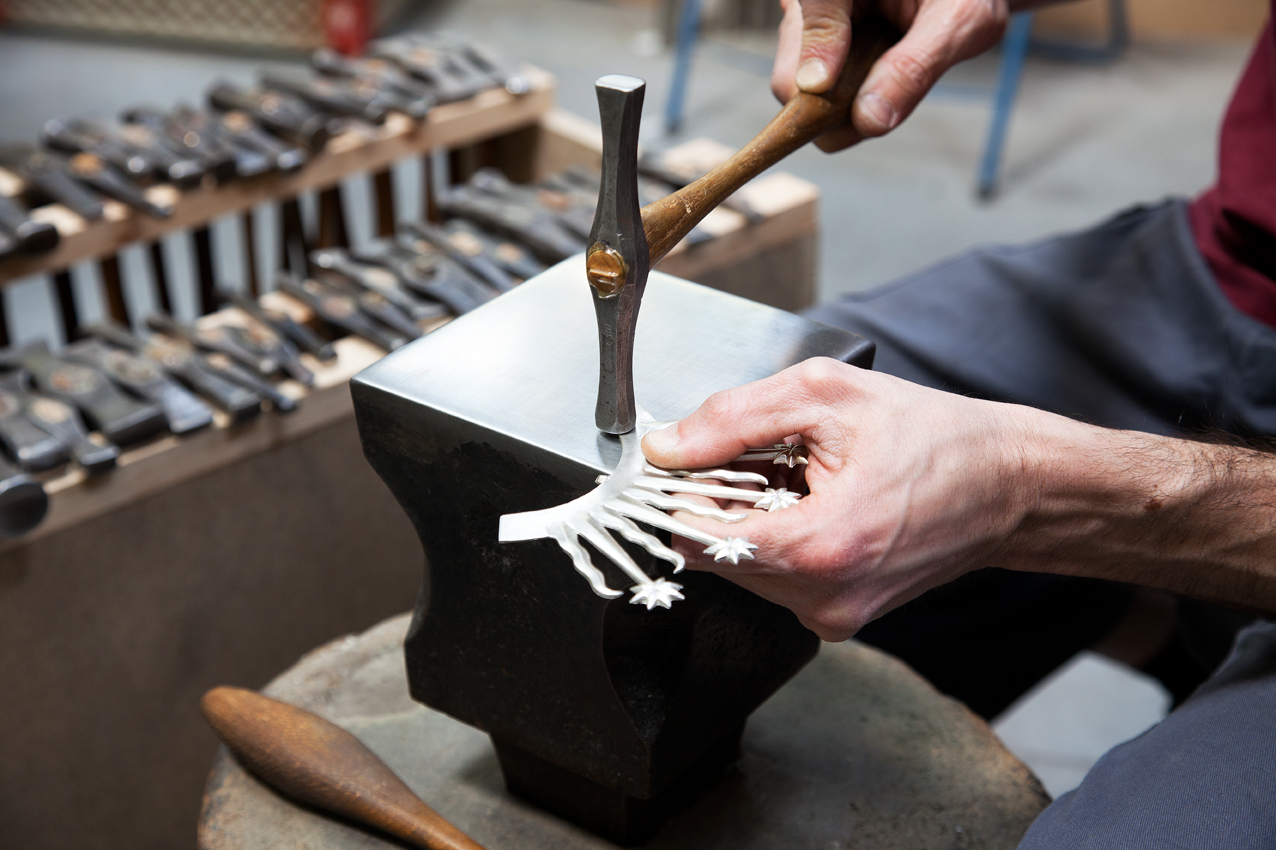
If we enter a silversmith's workshop, we will find some key elements, essential to treat this noble material with mastery.
SILVERSMITH'S BENCH
It is a work table. Its originality lies in the fact that it has a lower drawer where the artisan drops all the silver filings, so that the material is not wasted. Doing so is important because the metal that is extracted from the pieces can be re-melted to make a new piece in the future.
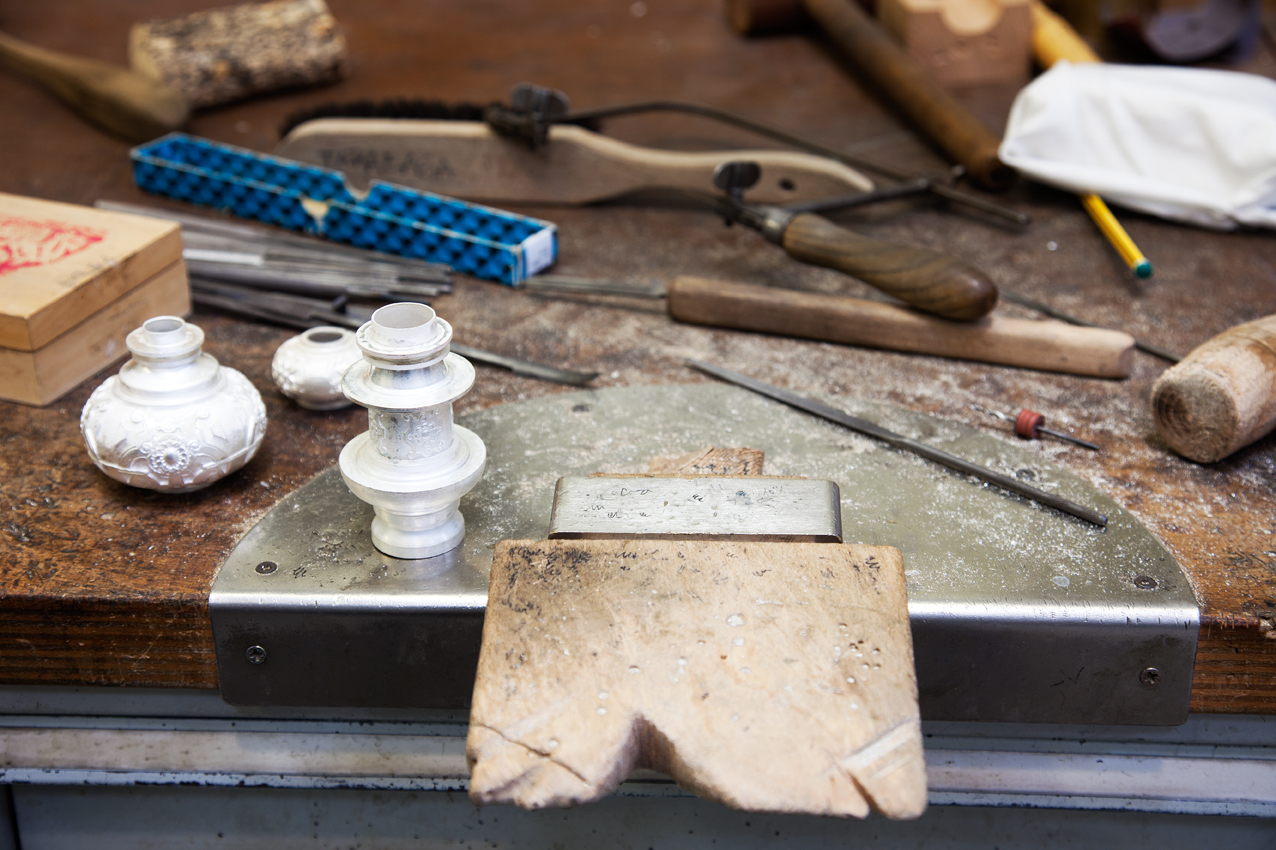
LA ESTILLERA
It is a wooden wedge designed to support the piece and thus be able to work it. It is the point of support that allows the craftsman to work with precision tasks such as the one shown in the photograph, the filing of the silver.
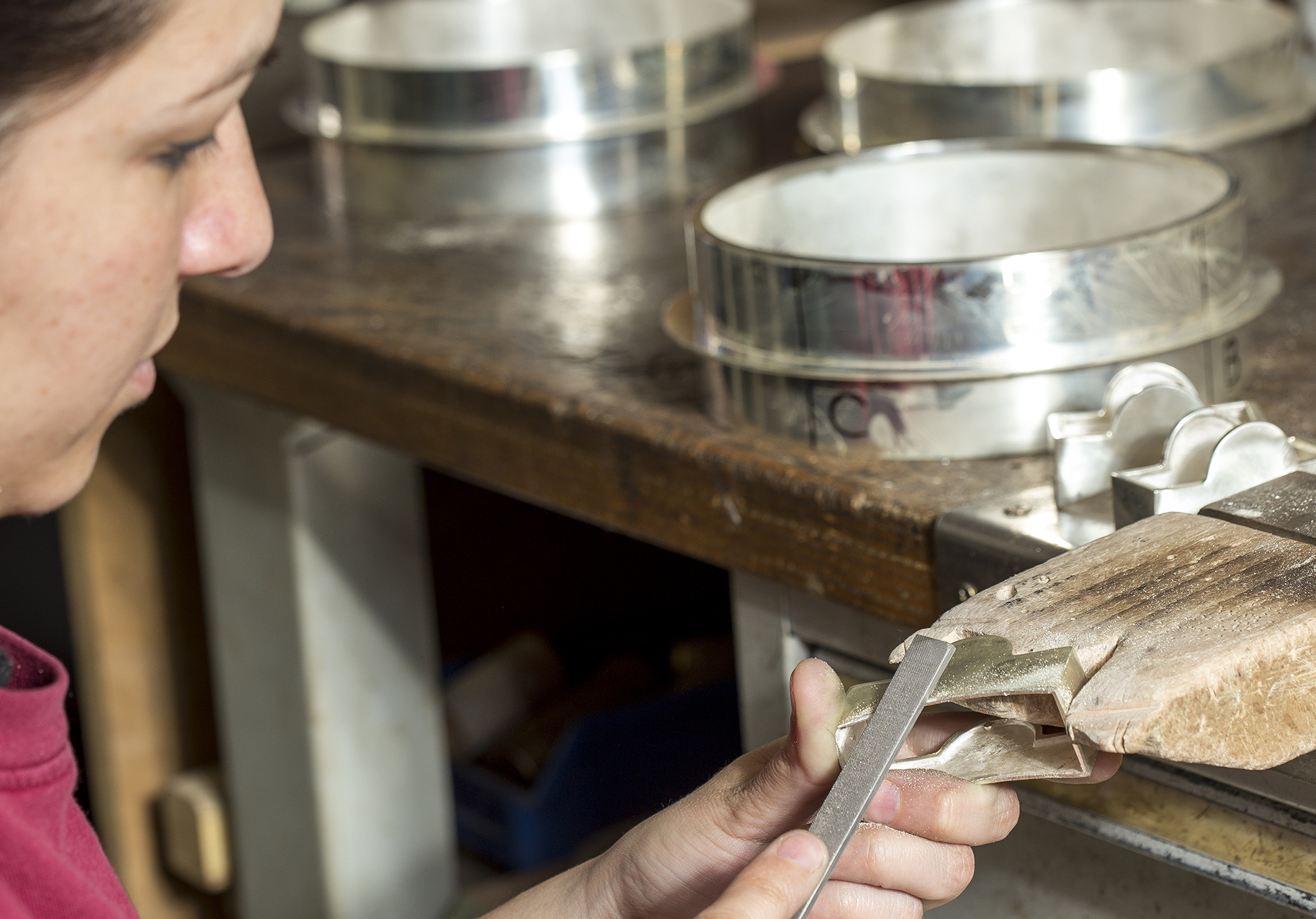
THE RECOVERY
It is the old furnace used by silversmiths and other metal artisans, which today is a metal plate where the pieces are placed to be soldered with the help of a torch that heats the metal to a temperature sufficient for the silver wire containing a slight alloy to melt without altering the base metal.
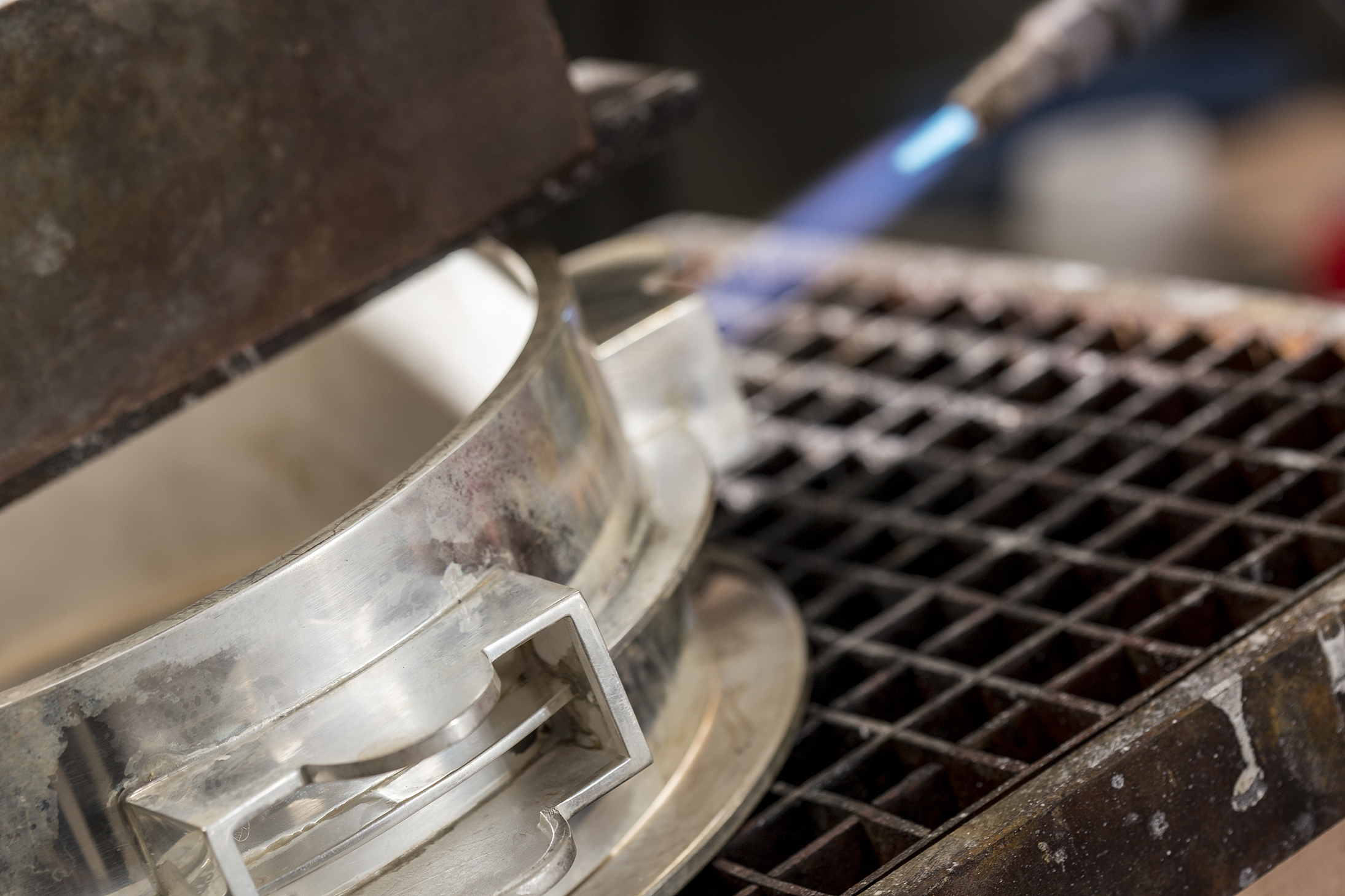
TAS
Also known as silversmith's anvil, it has the particularity that the surface is perfectly polished. Otherwise any impurity, speck of dust or grain of sand would leave an imprint on the silver, which is usually about three millimeters thick.
The name comes from the French counterpart term tasOriginally, the silversmith's anvil consisted of a pile of stacked sheets on which the metal was worked.
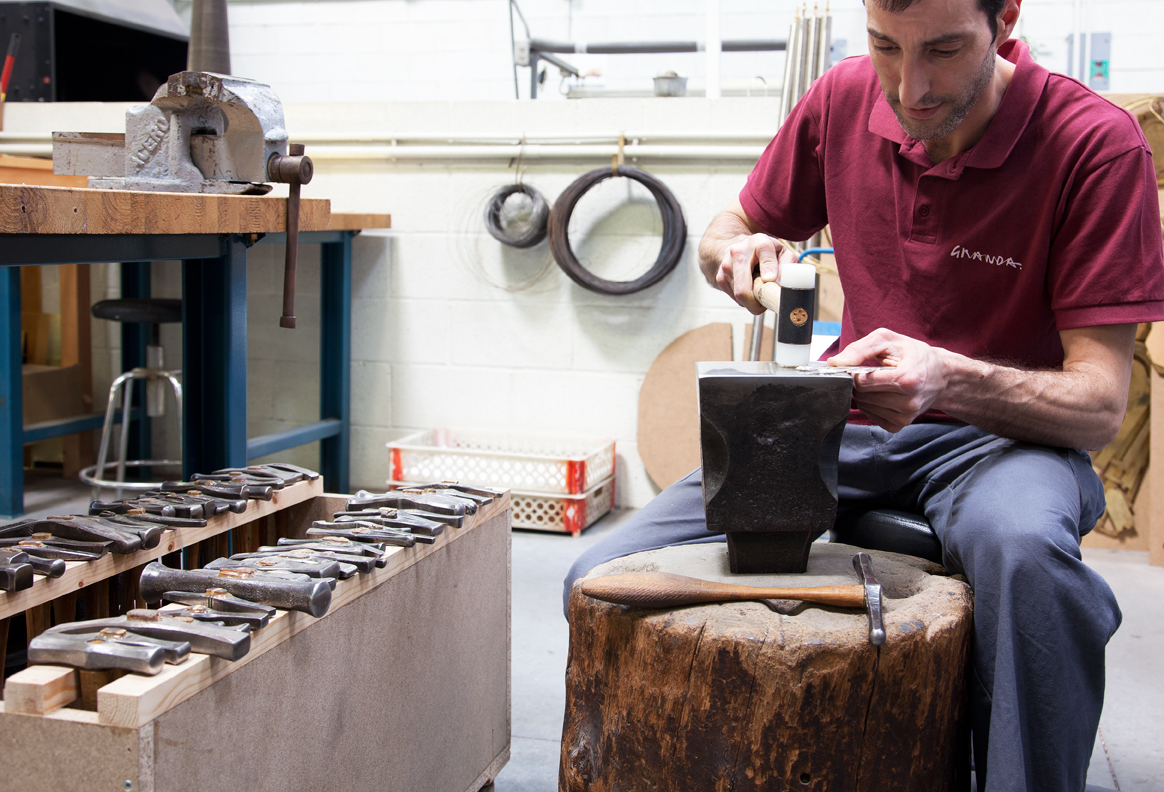
OTHER ELEMENTS
In addition, we can find other elements such as chisels, clamping screws, wooden bases for forging, iron or steel bases, scales and the silver wire drawing bench. We can also find drills, nailed leather, hammers, scissors, shears, files, taps and other utensils that are usually custom-made by the silversmith himself and are therefore particular and, in some way, unique.
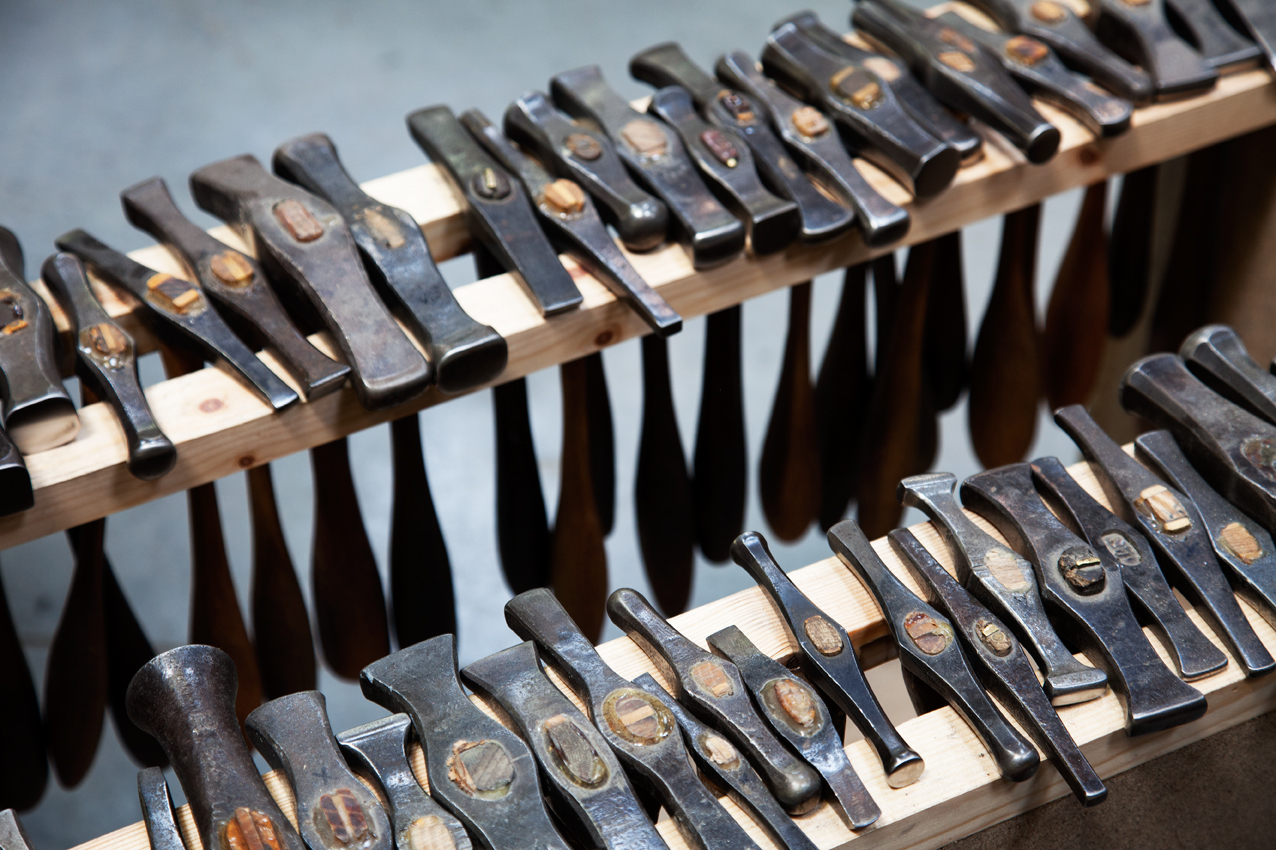
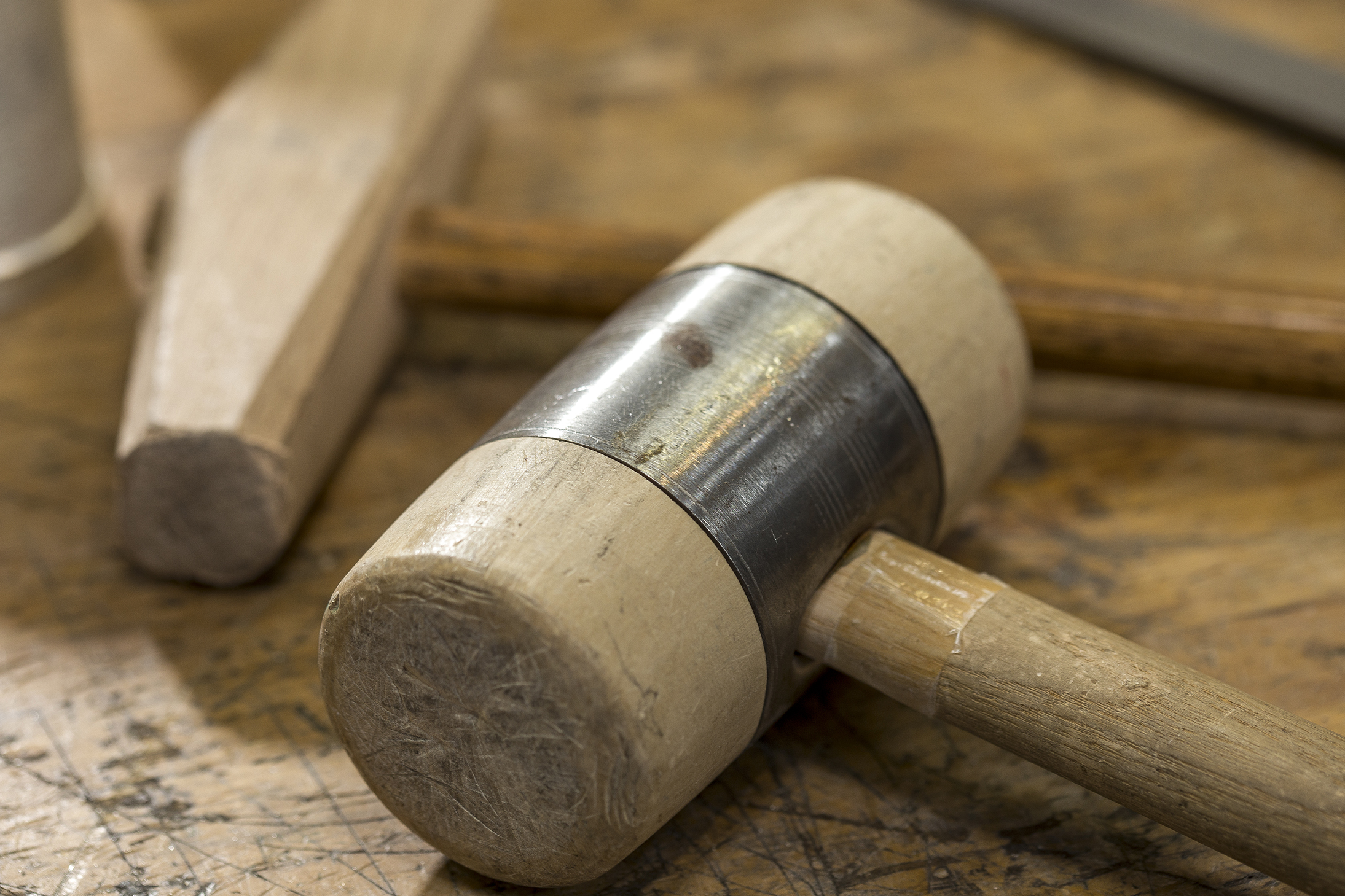
A LITTLE BIT OF HISTORY...
Finally, as a curiosity, we tell you that in the past, the workshops used to be outdoors, because of the need for natural light that the craftsman had to work the detail. They used to have a counter where they worked and served the clientele.
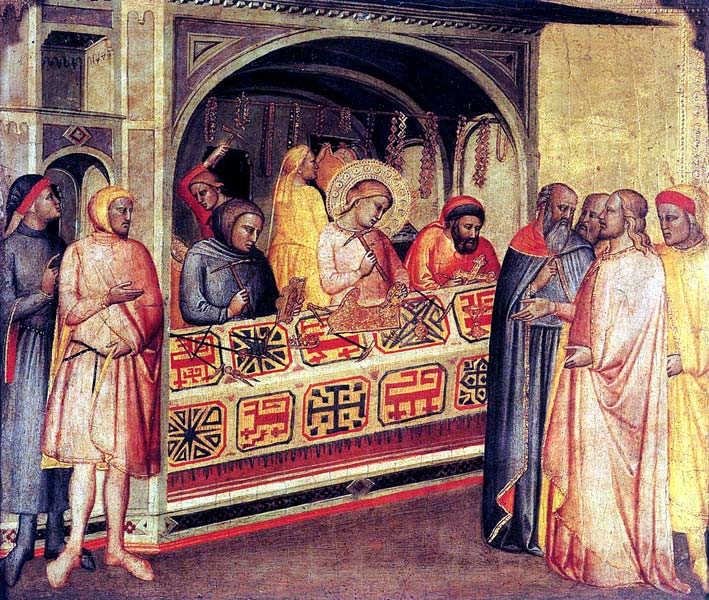
St. Eloy, (patron saint of silversmithing) in the workshop, Master of the Madonna della Misericordia
